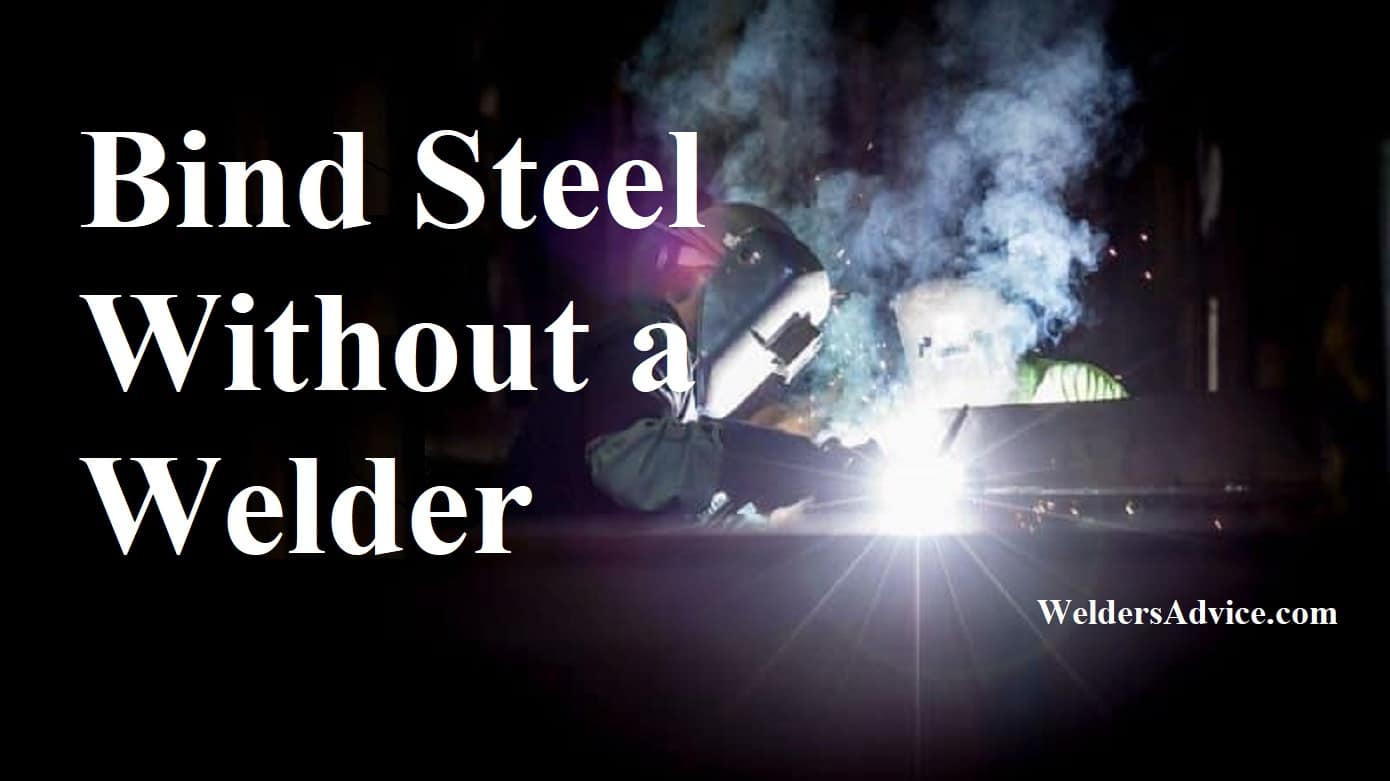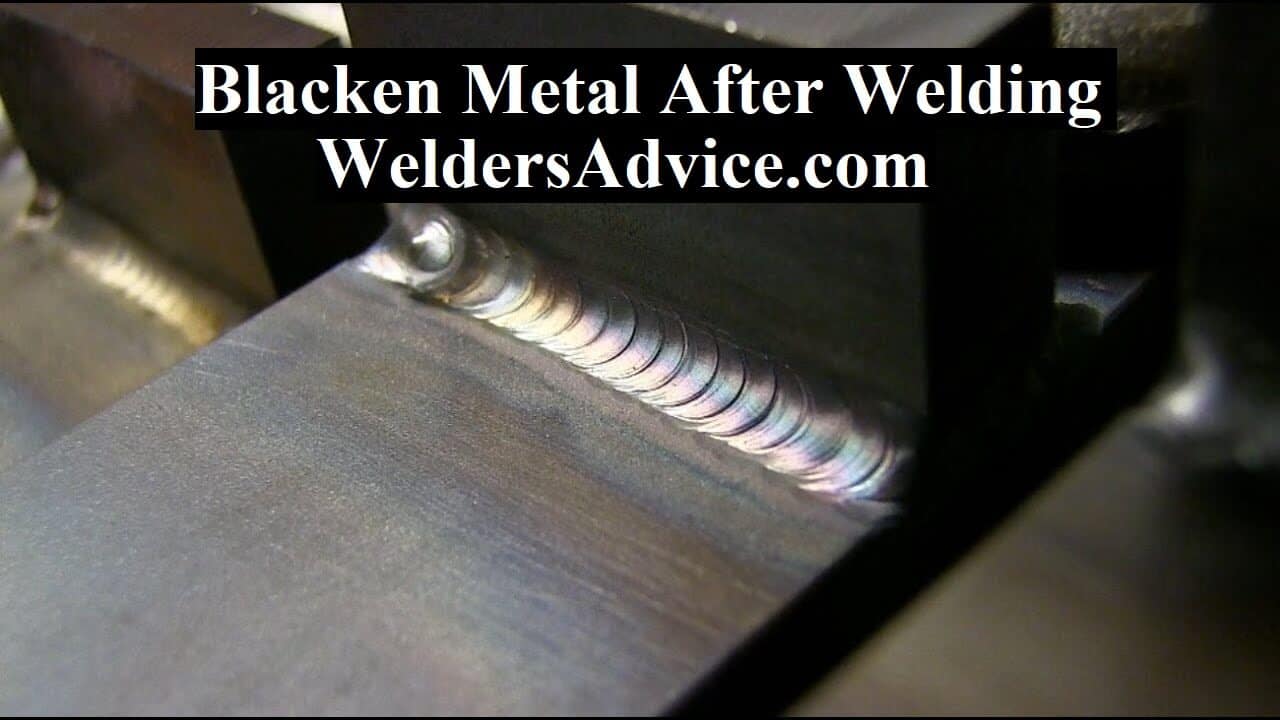To shield a pacemaker when welding, the welder must wear a magnetic shield over the chest area. This helps prevent the pacemaker from malfunctioning due to the magnetic fields generated during welding.
Welding near a pacemaker without proper shielding could cause interference or damage to the device, leading to serious consequences for the patient. Welding is a common industrial process that involves intense heat and emissions of dangerous radiation and UV rays.
However, for individuals with pacemakers, welding nearby can be a life-threatening situation. Pacemakers are small medical devices implanted in the chest to help regulate the heartbeat of individuals with abnormal heart rhythms. These devices can be sensitive to the magnetic fields generated by welding, causing the pacemaker to malfunction. Thus, care must be taken to ensure proper shielding of the pacemaker during welding procedures.
- How Welding Affects Pacemakers
- How Do You Shield A Pacemaker When Welding
- Precautions To Take Before Welding
- Pre-Welding Checklist For Pacemaker Wearers
- Pacemaker Shield Devices
- Personal Protective Equipment (PPE) For The Welder
- Steps To Take When Welding Near A Pacemaker
- Frequently Asked Questions For How Do You Shield A Pacemaker When Welding
- Final Thoughts
How Welding Affects Pacemakers
Welding can potentially affect pacemakers due to the electromagnetic fields (EMFs) generated during the welding process. EMFs can interfere with the normal functioning of pacemakers, which are electronic devices that help regulate the heartbeat of people with certain heart conditions.
The electromagnetic fields generated by welding can potentially cause interference with the pacemaker’s electrical signals, leading to incorrect sensing of the heart’s activity or inappropriate pacing. This can result in a range of symptoms, such as dizziness, fainting, or palpitations.
How Do You Shield A Pacemaker When Welding
There are several ways to shield a pacemaker when welding to minimize the risk of electromagnetic interference:
Keep a safe distance
It is recommended to maintain a distance of at least 2 feet between the welding equipment and the pacemaker. This distance can reduce the exposure to electromagnetic fields generated by the welding process.
Use a welding blanket
A welding blanket made of a material such as fiberglass can be used to shield the pacemaker. The blanket can be placed over the patient’s chest and the pacemaker during welding to reduce exposure to electromagnetic fields.
Use a magnetic shield
Magnetic shields can be used to protect pacemakers from electromagnetic interference. These shields are designed to redirect the electromagnetic fields away from the pacemaker.
Wear protective clothing
Wearing protective clothing such as a lead apron can reduce exposure to electromagnetic fields during welding.
Precautions To Take Before Welding
The intense heat and electromagnetic fields generated during the process can interfere with the functioning of pacemakers, potentially causing harm to the wearer.
If you or a loved one has a pacemaker and needs to weld, it’s important to take precautions to avoid any risks. In this article, we’ll explain the measures you should take before welding to protect yourself or your loved one.
Pre-Welding Checklist For Pacemaker Wearers
Before you begin welding, make sure you or your loved one with a pacemaker has completed the following checklist:
- Consult with your doctor about the safety of welding with a pacemaker.
- Schedule a pacemaker checkup before and after welding to ensure it’s functioning correctly.
- Inform your employer and colleagues of your pacemaker and ask for a safe work environment.
- Find out if there are any pacemaker shield devices available to you.
Pacemaker Shield Devices
Pacemaker shield devices are made of conductive fibers that protect the pacemaker from electromagnetic fields.
- Shielded shirts
- Magnetic pads
- Welding caps
- Welding jackets
- Welding Gloves
- Glasses or shields
It’s vital to make sure that any shield device you use is approved by the pacemaker’s manufacturer. If you use an unapproved shield device, it may not work as intended and may even cause more harm to the wearer.
Personal Protective Equipment (PPE) For The Welder
The welder should also take measures to protect themselves while welding.
- Welding helmet with a proper lens shade to protect the eyes and face from radiant energy, sparks, and flashes.
- Flame-resistant clothing to protect against burns.
- Leather gloves and aprons protect the hands and body from heat and sparks.
- Respirator to prevent inhalation of fumes and particles.
It’s crucial to inspect and maintain PPE regularly to ensure that it works correctly. Any damaged or worn-out PPE should be replaced immediately.
Steps To Take When Welding Near A Pacemaker
Welding is a critical process that requires the utmost safety precautions. It is crucial to take the right steps while welding near a pacemaker to prevent any harm to yourself or the person wearing the pacemaker. Here are the essential steps you need to take when welding near a pacemaker.
Safety Guidelines For The Welder And Pacemaker Wearer
The first step towards safe welding is to ensure the welder and pacemaker wearer are protected.
- Welder: wear protective gear such as welding gloves, face shields, and welding jackets to protect yourself from any injury that could arise during welding.
- Pacemaker wearer: talk to the pacemaker wearer to ensure they understand the risk of welding near a pacemaker. Let them know you will take necessary precautions to avoid any potential harm to their pacemaker. Consider having the pacemaker wearer stay at a safe distance from the welding area.
Immediate Response In Case Of An Emergency
Despite taking safety precautions, accidents can happen. It is essential to be prepared and know how to respond in case of an emergency.
- Stop welding immediately and turn off the welding machine.
- Check the person wearing the pacemaker for any signs of discomfort or injury.
- If they show any signs of trouble, seek medical attention immediately.
- Call emergency services and explain the situation. Provide your exact location and stay with the pacemaker wearer until help arrives.
- If the pacemaker wearer is unconscious, perform CPR until emergency services arrive.
Frequently Asked Questions For How Do You Shield A Pacemaker When Welding
Can Welding Affect A Pacemaker’S Functionality?
Welding can interfere with the functionality of a pacemaker due to electromagnetic interference from the welding machines. This may cause the pacemaker to malfunction, affecting the patient’s health. It is advised to maintain a safe distance from welding machines and to consult with a doctor regarding the use of pacemakers near welding areas.
What Type Of Protective Gear Should Be Worn While Welding With A Pacemaker?
When welding with a pacemaker, it is important to wear protective gear such as a welding helmet, safety glasses, insulated gloves, and welding clothing made of natural fibers. The welding gear should be worn at all times during the welding process to minimize the risk of electromagnetic interference with the pacemaker device.
Is Welding Safe For People With Pacemakers?
Individuals with pacemakers must avoid welding as the electromagnetic fields produced during the process may interfere with the pacemaker’s functioning. Pacemaker wearers who must weld should consult with their doctor and take precautionary measures, such as wearing protective clothing and using specific welding techniques.
Can I Still Work In The Welding Industry With A Pacemaker?
It’s possible to work in the welding industry with a pacemaker, but it’s important to consult with your doctor and employer first. You may need to change the way you work to reduce your exposure to electromagnetic fields and ensure your pacemaker is not affected.
What Are The Risks/Benefits Of Welding With A Pacemaker?
Welding with a pacemaker poses serious risks as it can result in interference with the device leading to decreased heart function. The electromagnetic fields generated by the welding process can cause pacemaker malfunctions and even death. Therefore, it is recommended to avoid welding if you have a pacemaker.
Final Thoughts
Welding may pose a potential risk to individuals with a pacemaker. Fortunately, there are several ways to shield this medical device from electromagnetic interference. Prior to engaging in welding activities, it is always best to consult with a doctor to determine the level of risk and discuss potential protective options.
These may include wearing a lead apron, using a magnetic shield, or maintaining a distance of at least 2 feet from the welding equipment. It is important to remember that proper shielding and protection can help to avoid any complications or risks that may result from electromagnetic interference.
By taking the necessary precautionary measures, individuals can continue to enjoy working with welding equipment while also keeping themselves safe and secure.






